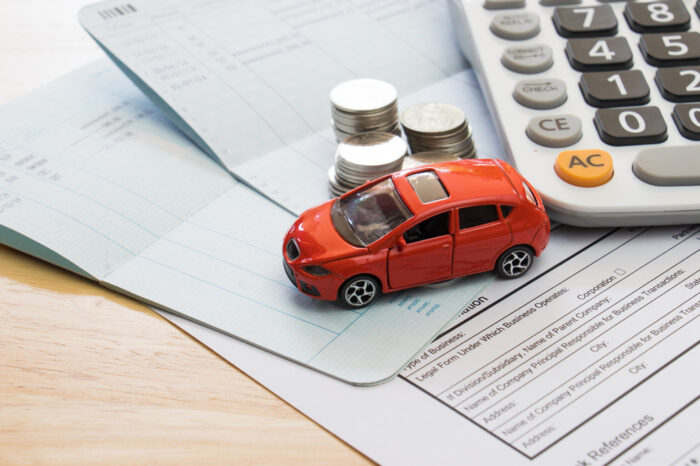Transport costs are keeping five million people below the poverty line, according to the Social Market Foundation (SMF).
The figures come from a first-of-its-kind model for tracking transport poverty, developed by the think tank. The SMF defines transport poverty as occurring when households spend so much on private and public transport that it pushes them below the poverty line.
The SMF’s metric found that out of a total of 13 million individuals in poverty today, relieving them of their transport costs would lift five million (8% of the British population) above the poverty line.
According to the SMF, cars are the most expensive mode of transport, costing the median British household more than £5,650 per year in upfront costs, maintenance, fuel, and additional fees. Yet despite more than £100bn spent on cuts and freezes to fuel duty, this has made little impact on transport poverty.
SMF analysis suggested that the total impact of these policies over the past dozen years has been to cut transport poverty by just 0.3 percentage points.
The SMF suggested that government policies are keeping people reliant on costly cars due to the lack of investment in alternatives to driving.
The think tank pointed out that unlike ‘fuel poverty’, which is a well-established concept, there is no robust equivalent for understanding the causes, locations, and depth of poverty due to transport costs. As a result there isn’t a metric that could help policymakers better target transport policies.
The SMF’s findings come against a backdrop of rising costs and more than a decade of cuts to public transport. The latest ONS figures showed a rise in bus and coach costs by 6.7% over the past year. Also last year, almost 10% of bus networks in the UK were cut, and some towns have lost entire bus access.
The regions that rely most heavily on cars and have suffered the worst public transport tend to have the highest transport poverty rates.
The SMF’s analysis found that the North West has the most individuals in transport poverty (800,000), though a higher proportion of people in the North East (12.5%) and West Midlands (11.9%) are affected. This compares to just 4% in London.
How can the government tackle transport poverty?
The SMF recommends the government considers the following measures to tackle transport poverty.
- Tracking transport poverty and determining a cost ceiling beyond which households are considered in need of support with transport costs.
- Allow fuel duty rates to rise or replace fuel duty with road pricing to provide a stable source of funding.
- Direct new funding and devolve decision making at local level to increase public transport infrastructure.
- Consider and introduce policies to increase access for electric vehicles by reducing the upfront costs.
Gideon Salutin, researcher at Social Market Foundation, said: “Transport is the single greatest household expense for rural homes and the second biggest for urban ones. But we still don’t understand those struggling to pay for it the way we understand other forms of poverty like housing and heating. Understanding and tracking transport poverty is a long overdue endeavour.
“Fuel duty gets all the headlines, especially now that so many policymakers have convinced themselves that they have to defend motorists from fictional attacks. Yet it is far from the best tool at their disposal if they really want to help the hard pressed. Our research shows that transport poverty can be rigorously tracked, and therefore can be alleviated – but only by investing in public transport and making alternative private transport like electric vehicles cheaper.”
Silviya Barrett, from Campaign for Better Transport, said: “We’ve known for a long time that a lack of good, affordable public transport is forcing people into expensive car ownership which puts a huge strain on household budgets, so it’s good to see this research quantifying the problem. We support the report’s conclusion that government investment in public transport is more beneficial to improving people’s life chances, helping households with the cost of living and levelling up the economy than lowering the cost of driving.”

